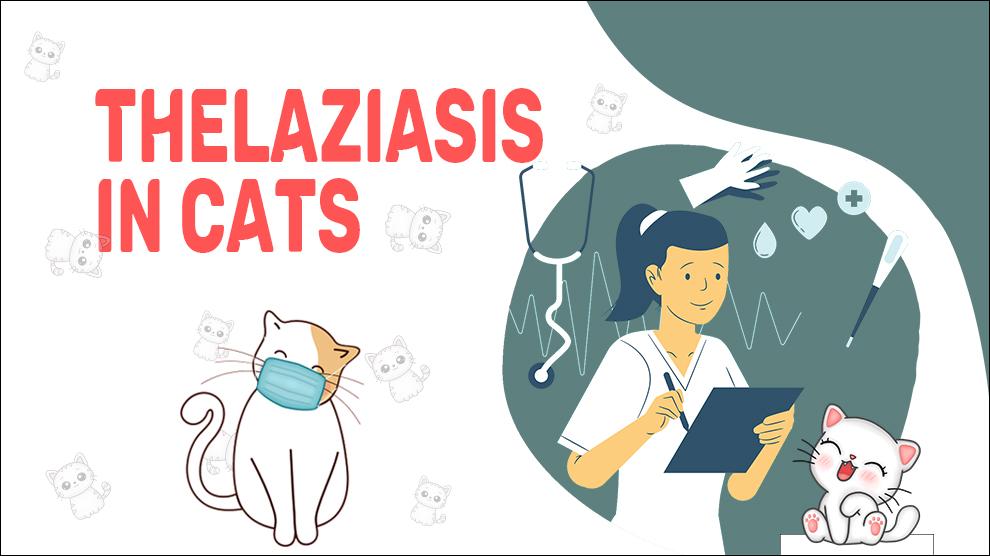What Is Thelaziasis In Cats?
Thelaziasis is a parasitic infection that affects cats and is caused by Thelazia Californiensis, a nematode worm that primarily lives in the conjunctival sac of the eyes.
The infection is transmitted through the bite of infected flies, which carry the larvae of the worm.
Thelaziasis is a rare condition in cats, but it can cause discomfort and lead to more severe eye problems if left untreated.
Clinical Signs Of Thelaziasis In Cats
The symptoms of thelaziasis in cats are primarily related to the eyes. Affected cats may experience eye irritation, redness, and discharge.
They may also exhibit signs of discomfort or pain, such as rubbing their eyes with their paws or shaking their head.
In severe cases, the worms may be visible in the conjunctival sac of the eye, appearing as small white or grayish-white threads.
- Tearing Eyes
- Pawing At Eyes
- Cloudy Cornea
- Bumping Into Things
- Loss Of Vision
Treatment Options For Thelaziasis In Cats
The treatment of thelaziasis in cats typically involves the removal of the worms and supportive care.
The worms can be manually removed from the conjunctival sac of the eye using forceps or other specialized tools.
Anesthesia may be necessary to prevent the cat from moving during the procedure.
After removal, the cat may be prescribed antibiotics or anti-inflammatory medication to help manage any secondary infections or inflammation.
Home Remedies For Thelaziasis In Cats
There are no effective home remedies for thelaziasis in cats. Manual removal of the worms requires specialized tools and should only be performed by a veterinarian or trained professional.
How To Prevent Thelaziasis In Cats?
Preventative measures for thelaziasis in cats involve minimizing exposure to flies and regular eye exams.
Cats should be kept indoors as much as possible, especially during peak fly season. Flies can be controlled through the use of insecticides and fly traps.
It is also important to maintain good hygiene practices, such as washing hands before and after handling cats and cleaning litter boxes regularly.
Affected Cat Breeds Of Thelaziasis
Thelaziasis is a rare condition in cats and can affect any breed.
Causes For Thelaziasis In Cats
Causes:
Thelaziasis is caused by Thelazia Californiensis, a nematode worm that primarily inhabits the conjunctival sac of the eye.
The infection is transmitted through the bite of infected flies, which carry the larvae of the worm. Flies are attracted to moisture and may lay eggs in the tears of cats.
Once the eggs hatch, the larvae can migrate into the conjunctival sac and develop into adult worms.
When To See A Vet For Thelaziasis In Cats?
If you notice any symptoms of thelaziasis in your cat, such as eye irritation or discharge, it is important to schedule an appointment with your veterinarian.
Prompt diagnosis and treatment can help prevent more severe eye problems and discomfort for your cat.
Food Suggestions For Thelaziasis In Cats
There are no specific dietary recommendations for cats with thelaziasis.
However, it is important to maintain good overall health and nutrition to help support the cat's immune system during treatment.
Conclusion
Thelaziasis is a relatively uncommon but potentially serious condition that can affect cats.
Early detection, diagnosis, and treatment are essential to preventing complications and long-term effects.
Preventative measures such as regular grooming, maintaining a clean environment, and controlling insect populations can also help reduce the risk of infection.
As with any health concern, it is important to consult with a veterinarian to ensure the best possible outcome for the affected cat.











